diy tractor making miniature for water pump engine science project@Diy Tractor
diy tractor making miniature for water pump engine science project@Diy Tractor Sure! Here's a description of a DIY tractor miniature that can be used for a water pump engine science project:
Materials needed:
Small wooden or plastic chassis (such as a block of wood or plastic base)
Four small wheels (e.g., toy car wheels)
Motor with water pump (e.g., small DC motor with a water pump attachment)
Battery pack (e.g., AA or AAA batteries)
Wires
Switch
Screws or glue for assembly
Optional: Paint or decorations for customization
Instructions:
Prepare the chassis: If using a wooden block, drill holes for the wheels at each corner of the block. If using a plastic base, attach the wheels to the corners with screws or glue.
Attach the motor: Place the motor with the water pump attachment onto the chassis, positioning it towards the front. Secure it in place with screws or glue.
Connect the wires: Use wires to connect the motor to the battery pack and switch. Connect the positive (red) wire from the motor to the positive terminal of the battery pack, and connect the negative (black) wire from the motor to the negative terminal of the battery pack. Connect the switch in between the motor and battery pack to control the power supply.
Install the water pump: Connect the water pump attachment of the motor to a water source, such as a small container or water reservoir. Make sure the water pump is properly connected and secure.
Test the tractor: Turn on the switch and watch as the motor powers the water pump, creating a flow of water through the pump. The tractor should move forward as the water pump propels it.
Customize the tractor: If desired, you can paint the chassis or add decorations to customize the tractor to your liking.
And there you have it! A DIY tractor miniature powered by a water pump engine for a science project. This project is a great way to learn about basic motor circuits and the principles of water pump engines. Have fun experimenting and learning
-
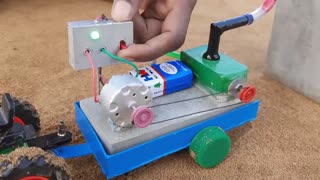 3:20
3:20
Narin Creative
8 months agoPowering Your Science Project: Build a DIY Tractor Water Pump with Motor
4 -
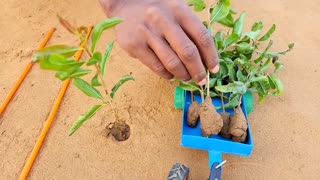 5:51
5:51
kanaya14
1 year agoDIY tractor water pump science project | Project involving a motor | Planting with a drill machine
5 -
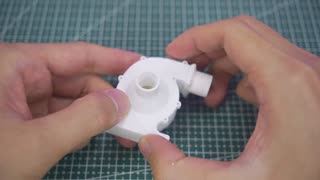 4:09
4:09
Narin Creative
8 months agoDIY: Build Your Own Mini Water Pump with Engine
1 -
 3:35
3:35
SmallCreaters
5 months agodiy tractor Filling water by water tanker using double motor pump science project
5 -
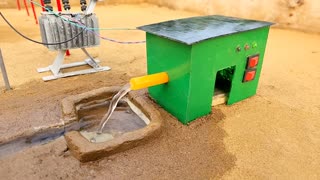 5:49
5:49
kanaya14
1 year agoMaking a tiny water pump, building a water tank, and science projects
7 -
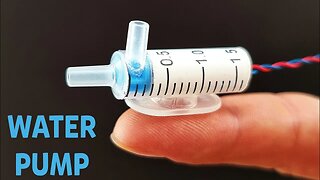 6:04
6:04
eletrofss
1 year agoHow to make the smallest water pump at home - diy water pump using mini dc motor
10 -
 3:42
3:42
UDOYAH
1 year agoHow to make mini water pump; water filter tank construction
32 -
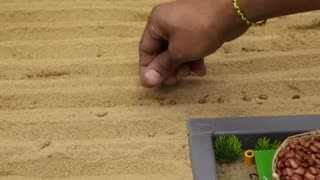 8:00
8:00
SmallCreaters
5 months agoDiy tractor making agriculture land leveler machine science project
6 -
 6:14
6:14
PhotoBlast
2 years ago $0.01 earnedEASY DIY Garden Project - Rain Barrel Water Pump
147 -
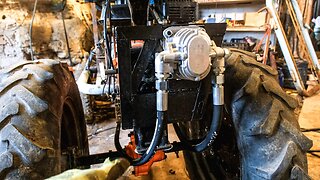 16:02
16:02
Do & Be Different
1 year ago $0.02 earnedHydraulics for Homemade MINI Tractor!?
4